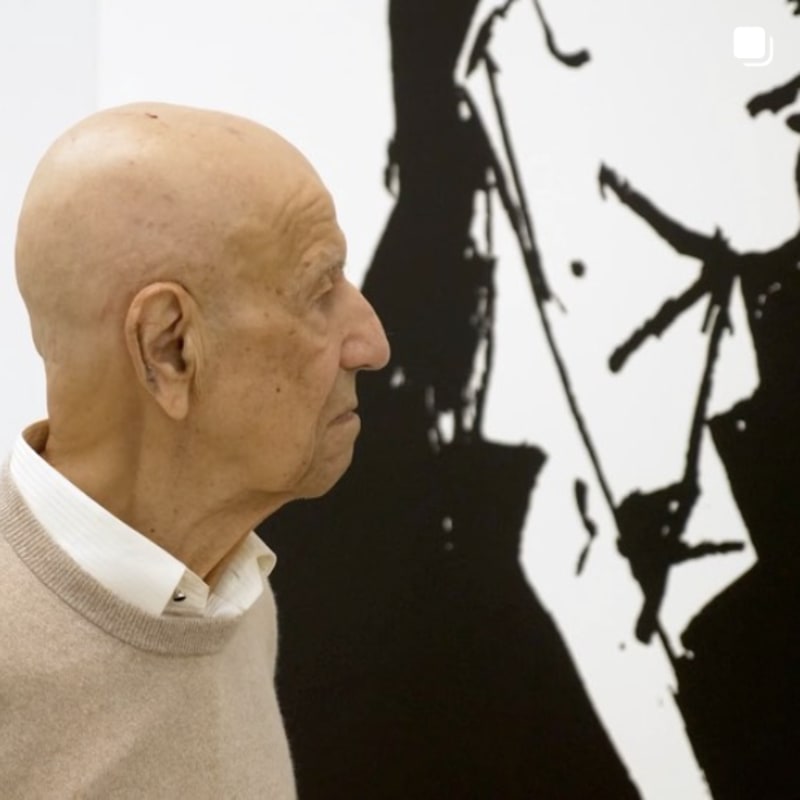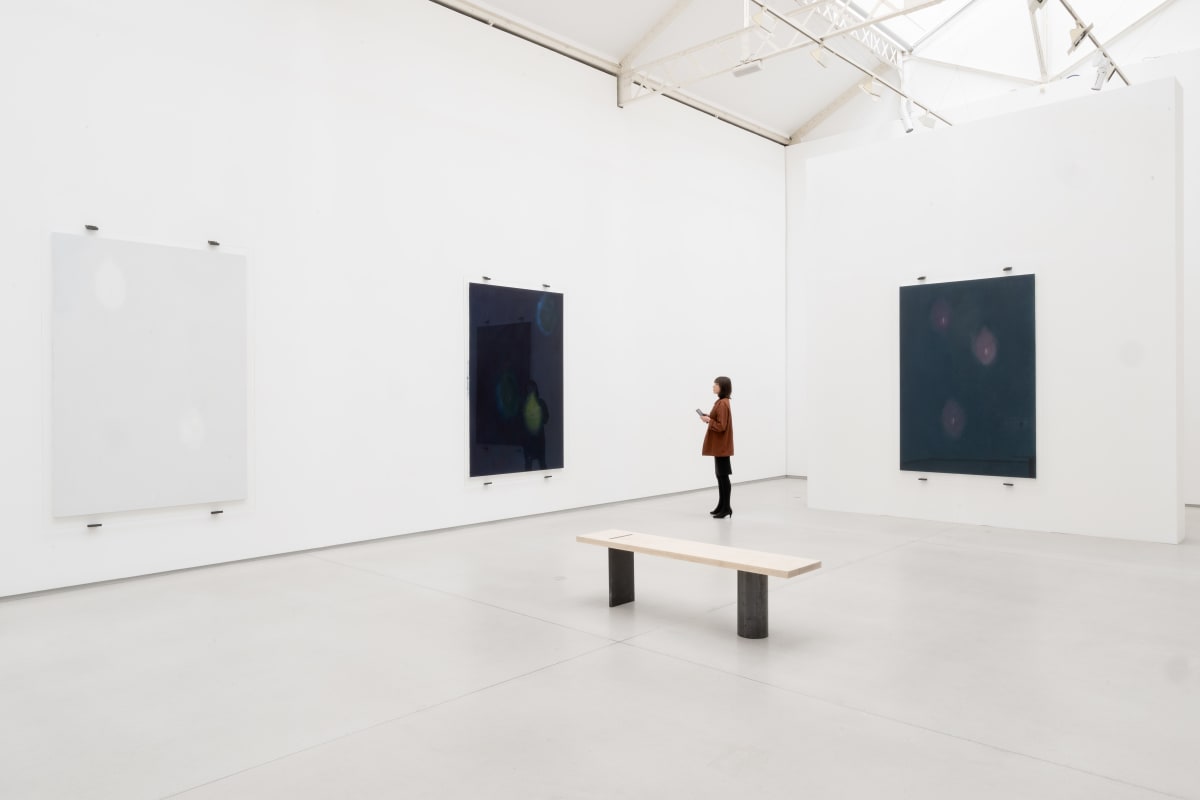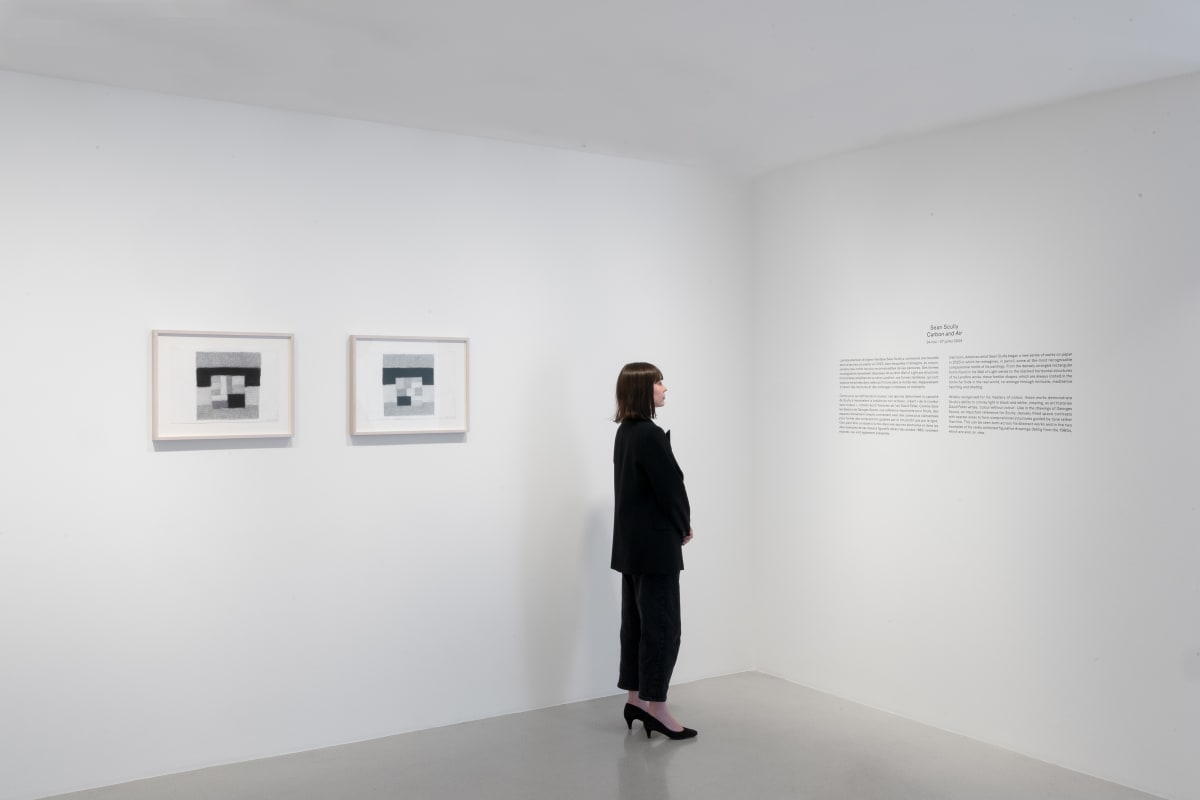

Overview
Peyton has remarked that the subjects she chooses for her paintings are occasions for her to paint about her feelings concerning love and the passing of time.
Galerie Thaddaeus Ropac is delighted to present its first exhibition of works by Elizabeth Peyton with her show Eventyr, her first exhibition in the city since her solo presentation at Salzburger Kunstverein in 2002. The exhibition draws its title from the old Norse word for fairytale or adventure. Through a group of portraits and still life scenes the artist addresses themes that have recurred throughout her career – including those of selfhood, passing time, and the condensation of emotion into faces, figures, gestures and objects. At the same time, she erases the distinctions between painterly genres, arriving at an expanded mode of portraiture that oscillates between the personal and the operatic.
Peyton has remarked that the subjects she chooses for her paintings are occasions for her to paint about her feelings concerning love and the passing of time. In its expressive and temporal range, her latest body of work looks back to a number of key moments in her career. The first was her debut exhibition in New York in 1993, in room 828 of The Chelsea Hotel. Accessed by a key that was left at the front desk, the room contained framed drawings of historical subjects, ranging from recent events to farther-flung (or even fictional) moments, including scenes from the lives of King Ludwig II of Bavaria, Napoleon, and Princess (now Queen) Elizabeth at the age of sixteen. In their deftness and dynamism of touch, these early works reflected influences as divergent as Abstract Expressionism, Van Dyck and Whistler. Peyton’s latest works exhibit a similar combination of thematic and stylistic layering. They address contemporary subjects through the prism of historical painting, and vice versa, while using a breadth of marks – alternately tentative and visceral – to achieve a vital, volatile effect.
Peyton’s show in 1995 at Gavin Brown’s enterprise, New York, consisted mostly of paintings of the recently deceased Kurt Cobain, along with pictures of Sid Viscious and John Lydon of the Sex Pistols. Her range subsequently expanded to include portraits of artists (often made from life), sports figures, still life scenes, transcriptions of other artists’ works (whether those of Giorgione, Camille Claudel or Auguste Rodin), images of musicians, and cityscapes – a plurality of themes that was reflected in her embrace of eclectic media including pencil, monotype, oil paint, colour paste, and various modes of printmaking. From the mid-1990s, her work has been characterised, in this way, by a mediation between (or mingling of) the present-day and the historical, between personal and collective histories, and between the intensity of immediate experience and the compelling otherness (both temporal and spatial) of remembered or reimagined subjects. Peyton’s early portraits of musicians, variously performing or at rest, are echoed in the painting Roseborg, (Elias) (2018), which depicts the Danish musician Elias Bender Rønnenfelt. The subject is evoked simultaneously in terms of his outward persona and inner, mercurial self.
In 2011, Peyton was invited by the Gallery Met at the Met Opera in New York to make an exhibition about Richard Wagner, and attended that year’s production of Die Walküre, starring the tenor Jonas Kaufmann. This marked the beginning of a significant new phase in her work, as she began to depict operas and operatic performers in her paintings, drawings and prints. Opera, particularly that of Wagner, has remained a potent influence, and holds up a mirror to her wider practice in terms of its compression of specific historical narratives and broad humanistic themes. As Peyton commented in an interview in 2013 with Dodie Kazanjian:
“I was looking for a way to make figurative work in a non-literal way and Wagner opened a door for me in how to be expressive about human feeling without being literal … Opera is a reductive language about powerful emotions that helped me approach my own work in different ways: That it was more an accumulation of time and feeling and not a description of those things.”
This idea of accumulated time and feeling applies to Peyton’s recent works, in which particular subjects or scenes act as condensed expressions of human emotion in all its flux and complexity. A portrait of the Japanese ice skater Yuzuru Hanyu shows him mid-performance in the 2018 Winter Olympics, and yet also gravitates – both in its mood and array of rapid brush marks – towards a more abstract evocation of self-possession and poise. The image taps into the long tradition of painting dancing figures, from Poussin and Watteau to Degas and Matisse. Peyton was fascinated, in particular, by Hanyu’s accounts of his rigorous training, involving hypnosis and the study of anatomy – processes akin to the disembodied gaze and anatomical calculations of the artist.
In other works, Peyton responds to sources as diverse as Luca Guadagnino’s film Call Me By Your Name (2017) and Yukio Mishima’s novel Spring Snow (1969). Through such a breadth of reference, her work again invokes the agglomerative form of opera – a form with a particularly rich history in Salzburg. Individual figures and isolated moments spiral out to encompass the sweep of human history and experience. As Peyton has explained, “the paintings come from an operatic point of view. Something that is reduced – seen as a concentrated scene, as if through the other end of the funnel – accumulates many things into it.”
Elizabeth Peyton (b.1965 USA) lives and works in New York. She studied at the School of Visual Arts, New York (graduating 1987). Major solo exhibitions include Eternal Idol, Elizabeth Peyton – Camille Claudel, The French Academy in Rome, Villa Medici (2017); a survey exhibition at the Hara Museum of Contemporary Art, Tokyo (2016); Ghost, a retrospective of the artist’s prints at the Mildred Lane Kemper Art Museum, St. Louis, USA, and Opelvillen, Rüsselsheim, Germany (both 2011), and the major retrospective, Live Forever, at the Walker Art Center, Minneapolis, USA, touring to the New Museum, New York, Whitechapel Art Gallery, London, and Bonnefanten Museum, Maastricht (2009-10).
With thanks to James Cahill for his writing on the work of Elizabeth Peyton. A fully illustrated catalogue accompanies the exhibition.












































































































































































